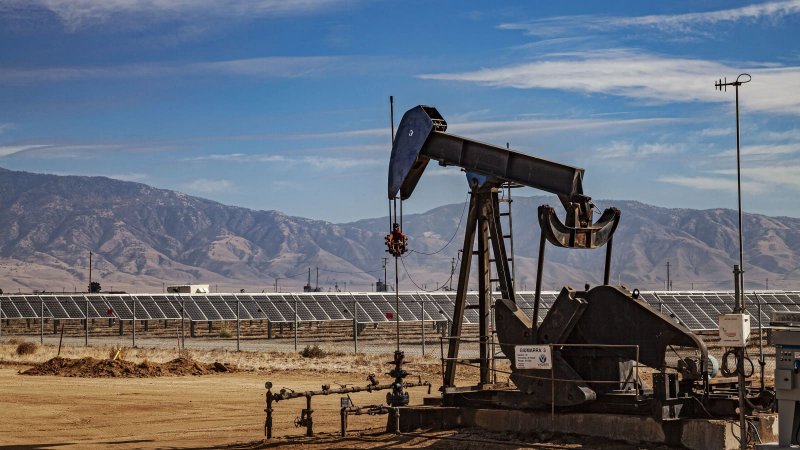The oil markets endured a rollercoaster week as geopolitical tensions and trade policy whiplash sent prices swinging. U.S. crude futures tumbled 2.8% to $60.59 per barrel on Thursday, while Brent crude slid 2.6% to $63.76, erasing gains from a dramatic rally just 24 hours earlier. The volatility underscores how trade negotiations, and their unintended consequences, are reshaping energy markets.
The sell-off followed President Donald Trump’s dual-track tariff strategy: a temporary 10% rate for most trade partners and a staggering 125% levy on Chinese imports. Markets initially rallied Wednesday, with West Texas Intermediate (WTI) clawing back a 13% intraday drop to close at $62.35 as investors bet on eased global tensions. But optimism faded as analysts questioned whether the U.S. could simultaneously negotiate with dozens of nations.
“The tariffs on China are now higher, that’s still pretty significant,” said Jim Burkhard, head of oil market research at S&P Global Commodity Insights. “Can the U.S. negotiate with 70 countries all at once? I don’t think the chaos is over.”
The decision to escalate tariffs on China, the world’s largest crude importer, has reignited fears of slowing demand. Even as OPEC+ maintains production cuts, the prospect of prolonged trade friction threatens to dampen economic growth and energy consumption. Regional benchmarks already reflect strain: Louisiana Light crude plummeted nearly 9% this month, while the OPEC Basket dropped over 12%, signaling fragile market sentiment.
Goldman Sachs analysts warn of further downside if tariffs persist and a recession materializes. Their revised forecast projects Brent averaging $62 in 2025, with WTI at $58. In a worst-case scenario involving a global GDP slowdown and OPEC+ abandoning supply cuts, Brent could plunge below $40 by late 2026.
Beyond tariffs, structural challenges are emerging. U.S. shale producers face logistical bottlenecks, with Oklahoma Sweet crude prices dropping 10% due to localized oversupply. Meanwhile, Canadian heavy crude trades at a steep discount ($48.35/barrel), reflecting pipeline constraints and quality disparities.
Natural gas markets mirror the unease, with prices falling 2.6% to $3.56/MMBtu as oversupply concerns mount. The simultaneous slump across energy commodities suggests broader macroeconomic anxieties are at play.
Traders now eye OPEC+’s next move. The group plans to boost output by 411,000 barrels per day in May, but compliance with existing cuts remains patchy. Meanwhile, U.S. producers, already operating near record output, could face pressure to scale back if prices dip into the $50s.
For now, the market remains hostage to trade rhetoric. As Burkhard notes, the “chaos” of multi-front negotiations leaves little room for stability. With WTI hovering near $60 and Brent testing $64, the next tariff tweet, or truce, could dictate whether oil finds a floor or spirals lower.

